08 Nov Types of Basket Weaving and How to Learn
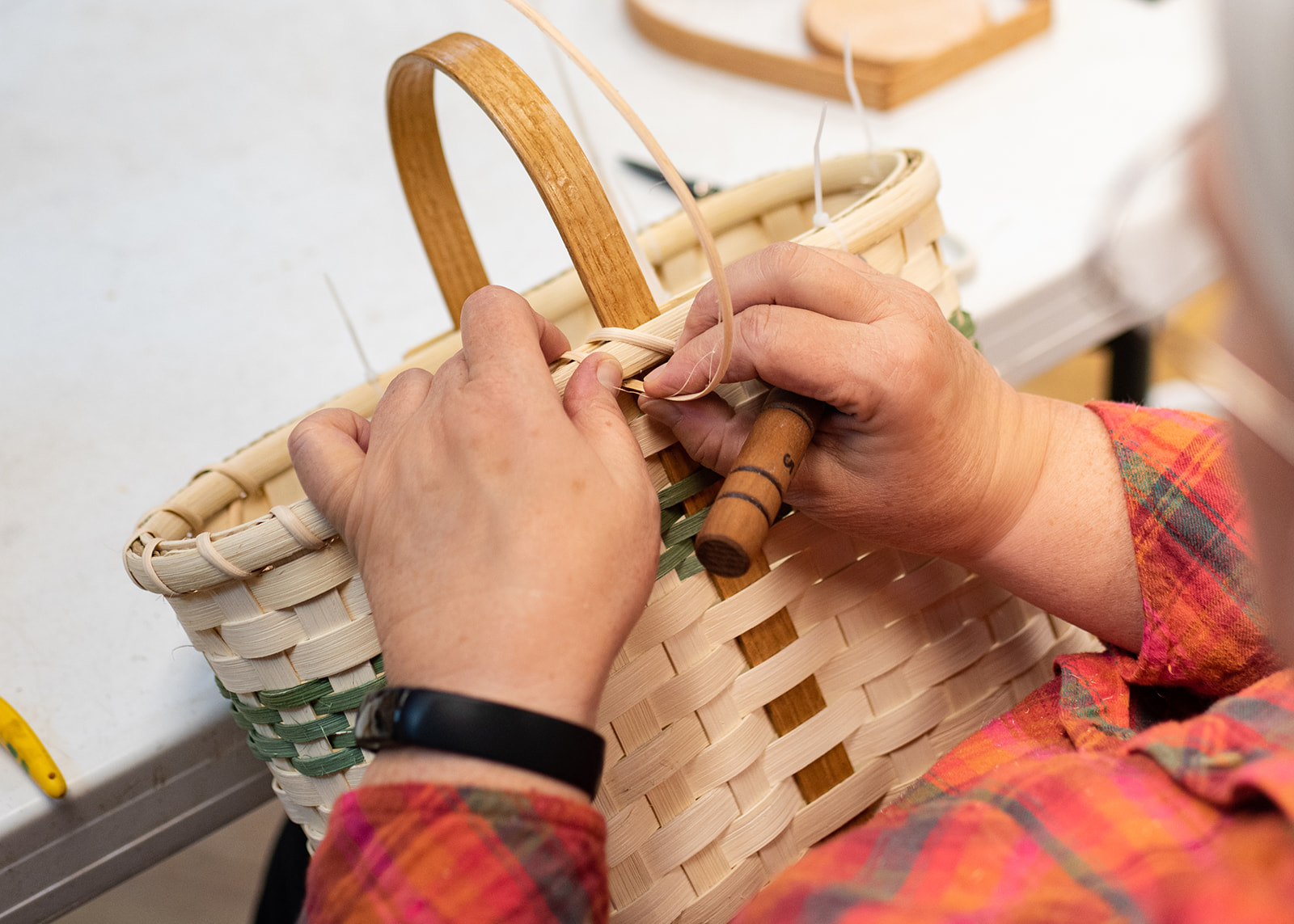
Basket weaving, a timeless craft, has been an integral part of human civilization for millennia. From its ancient origins to its contemporary resurgence, basket weaving is a functional art form that has evolved and adapted to the changing times.
In this article, we’ll delve into the fascinating world of basket weaving, its history, various types of basket weaving techniques, and the relevance of the craft today.
What Is Basket Weaving?
Basket weaving refers to the process of making baskets using various materials, such as plant fibers, reeds, and even synthetic materials. The craft involves interlacing these materials in a specific manner to create a sturdy and functional container. Baskets have been used for a multitude of purposes, including storage, transportation, and even as decorative pieces.
A Brief History of Basket Weaving
The history of basket weaving dates back to ancient times. Archaeological evidence suggests that some of the earliest baskets were made over 10,000 years ago. These ancient baskets were primarily used for gathering food, storing grains, and transporting goods.
Different civilizations developed their unique styles and techniques based on the materials available in their region. For instance, some Native American tribes used materials like willow and sweetgrass, while African tribes utilized palm leaves and bamboo.
The art of basket weaving was passed down from generation to generation, with each era adding its touch and innovations to the craft.
Types of Basket Weaving
Basket weaving techniques vary based on the materials used and the desired outcome. Here are some of the most popular types:
- Coiling: This technique involves wrapping a core material with another material. The core provides the basket’s shape and structure, while the wrapping material adds aesthetics and strength. Common core materials include grasses, straw, or rope. Materials like thin reeds, yarn, or thread are commonly used for wrapping or stitching.
- Plaiting: In plaiting, materials are woven over and under each other, similar to braiding. This technique is commonly used with flat materials like palm leaves or strips of bark.
- Twining: Twining involves twisting two materials together. One material acts as the warp (vertical strands), while the other acts as the weft (horizontal strands). This technique creates a tight and sturdy weave.
- Wicker: Wicker weaving uses reeds, willow, or cane. The materials are soaked to make them flexible, and then they are woven together. Wicker baskets are known for their durability and strength.
- Ribbed construction: This technique uses a framework of ribs (usually made of wood) around which materials are woven. The result is a structured and sturdy basket.
Deciding which basket weaving technique to use is a blend of practical considerations, artistic vision, cultural influences, and personal preferences. Each weaver brings their unique touch to the craft, making every basket a distinct piece of art.
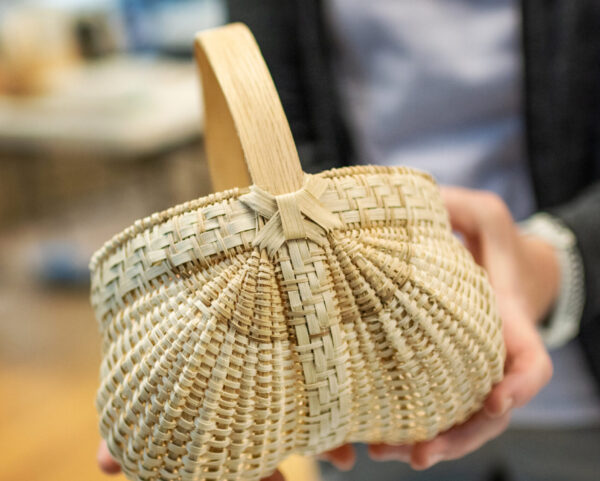
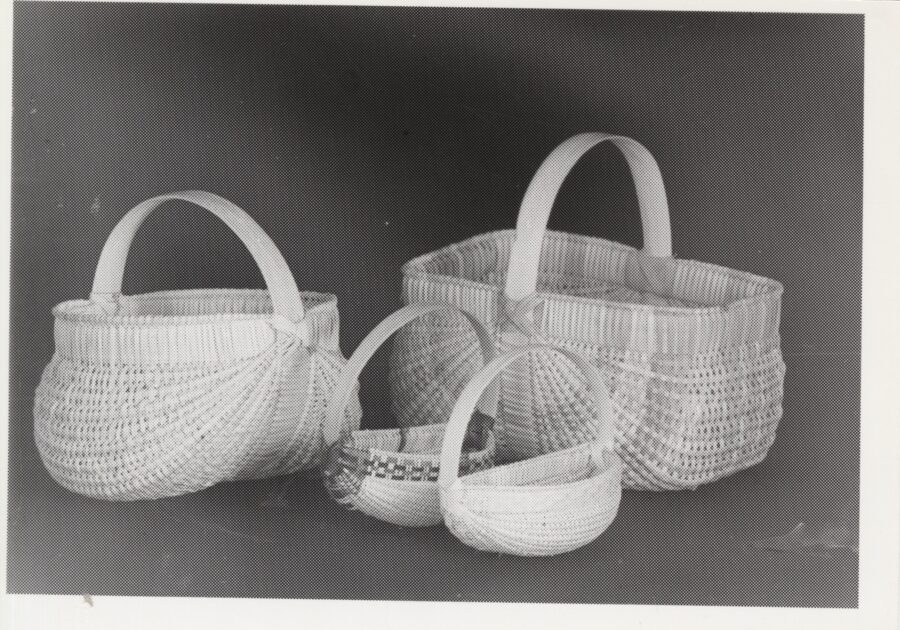
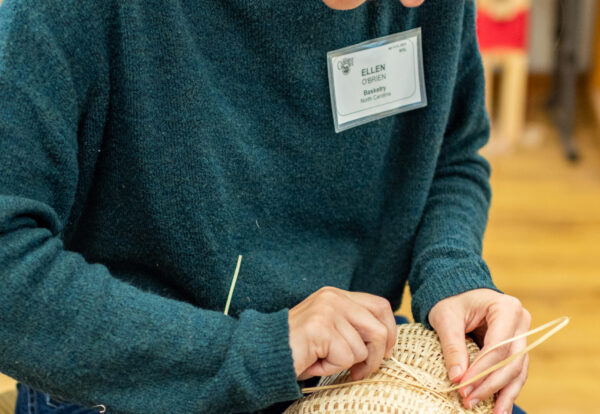
The Relevance of Basket Weaving Today
In our modern and increasingly digital age, one might wonder about the relevance of a craft as ancient as basket weaving. However, basket weaving has seen a resurgence in recent years, primarily due to its sustainability and eco-friendliness. With the growing emphasis on reducing plastic usage, baskets made from natural materials offer an environmentally friendly alternative for storage and decoration.
Moreover, basket weaving serves as a therapeutic activity for many. The repetitive motions and focus required can be meditative, providing a break from the digital world and helping individuals reconnect with nature and their roots.
Explore Basketry at the John C. Campbell Folk School
If this article has piqued your interest in basket weaving, there’s no better place to explore and learn the craft than at the John C. Campbell Folk School. We offer a range of classes in basketry and provide hands-on experience under the guidance of expert instructors. Whether you’re a beginner or an experienced weaver, there’s something for everyone. Dive into the world of basket weaving and discover the joy of creating with your hands. Explore our available basketry classes today!
Located in Brasstown, NC, the Folk School offers year-round weeklong and weekend classes for adults in craft, art, music, dance, and more. Our non-competitive and small-sized classes are offered on a scenic 270-acre campus, attracting students from all over the world. From soapmaking to storytelling to blacksmithing, we connect students to creative traditions that enrich our culture and inform our history (beyond being fun and practical!). Find a class today, or partner with us in a variety of ways.
Sign up for our newsletter to stay up to date on new courses and events, or follow our socials to see the experiences and work of teachers and students! You can give the invaluable gift of learning to others with a one-time or recurring donation, or support folk art by shopping at our craft shop!
Learn More
You can find more information about the many aspects that make up the Folk School Experience using the menu below.
A Typical Week or Weekend
A quick glance of what you can expect.
Studios
Look for special things to happen in the studios at the Folk School.
Housing & Meals
There’s nothing like staying on campus to fully immerse yourself in the Folk School experience.
Vision, Mission and Values
Read the tenets that drive us and see our Strategic Plan.
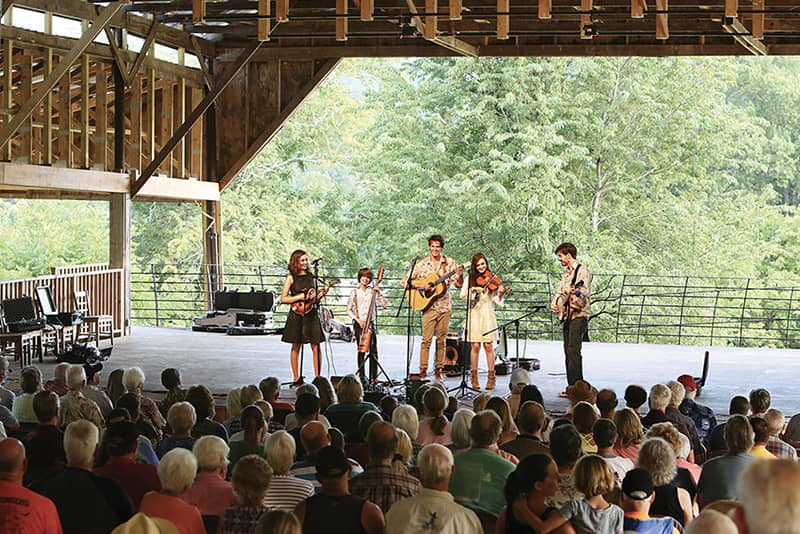
Events
Activities for students, visitors, and the community to enjoy.
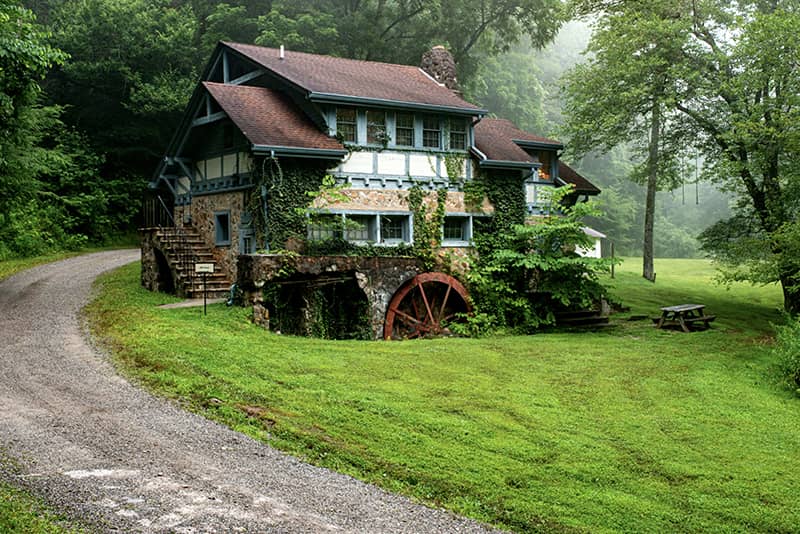
Explore Our Campus
Find a map of our sprawling campus, information about our nature trails, and more.
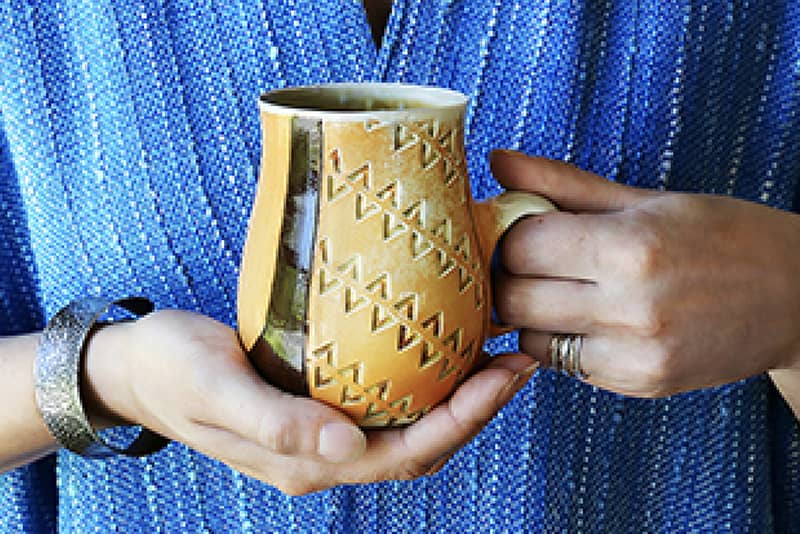
Craft Shop
Selling the highest quality handcrafted items made by regional artists.
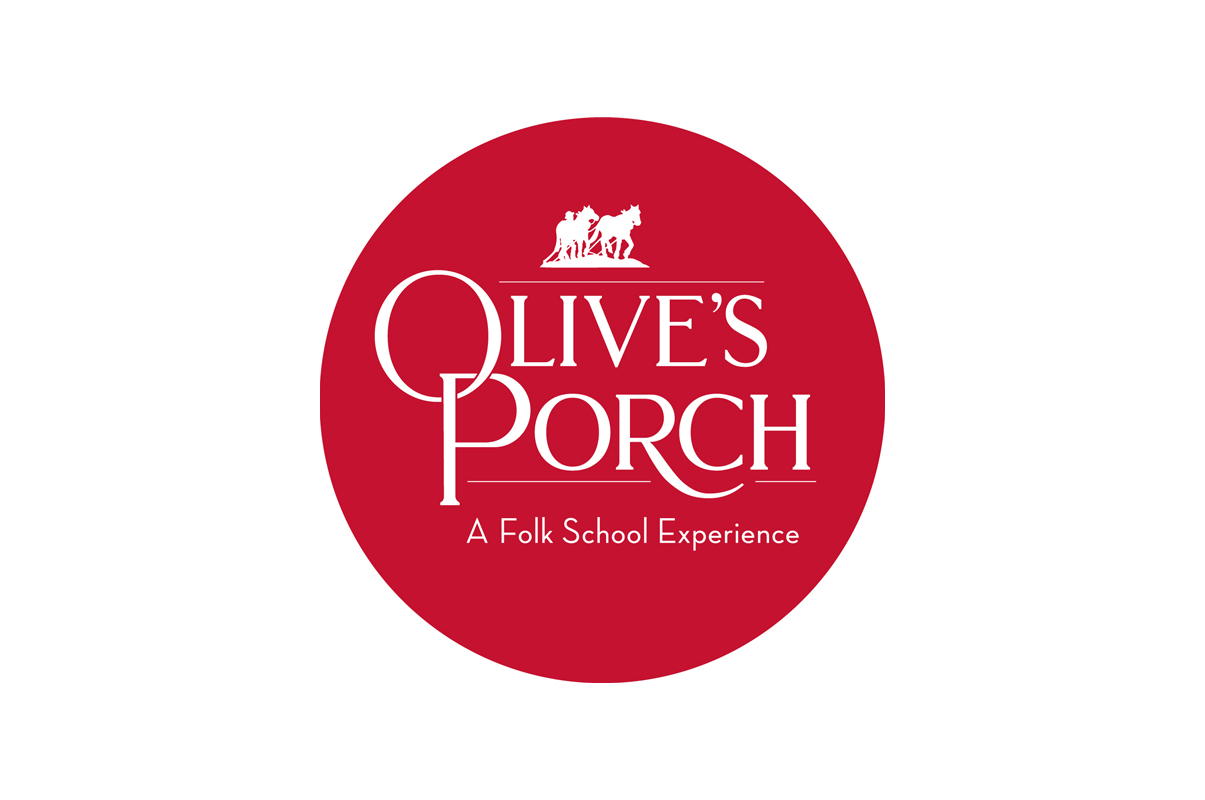
Olive’s Porch
Our new Folk School experience in downtown Murphy offering workshops and more.
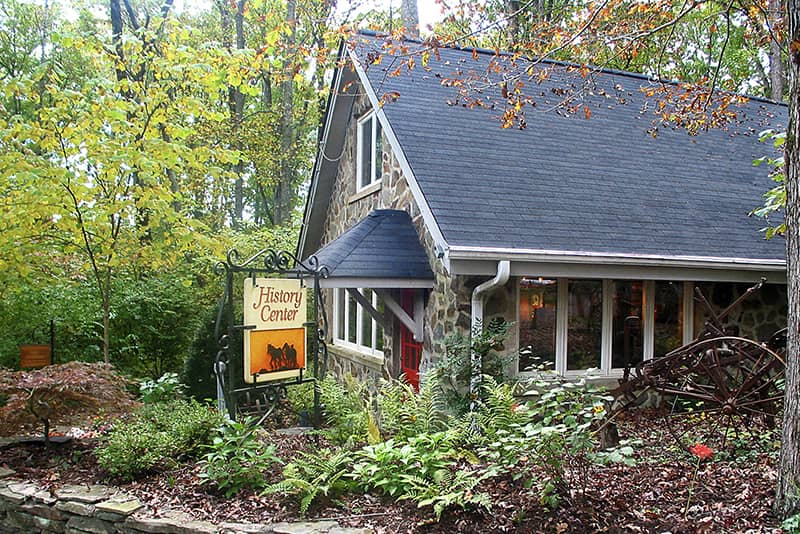
History Center
Discover the rich heritage that has made the Folk School a historical landmark.
Our History
Founded nearly 100 years ago, the Folk School has a rich and unique past.
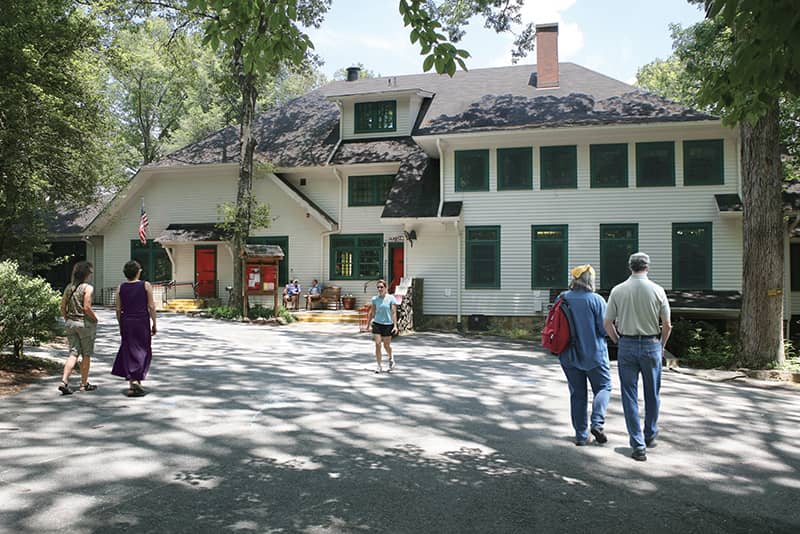
Visitor Guidelines
A few things we ask you to keep in mind during your visit.
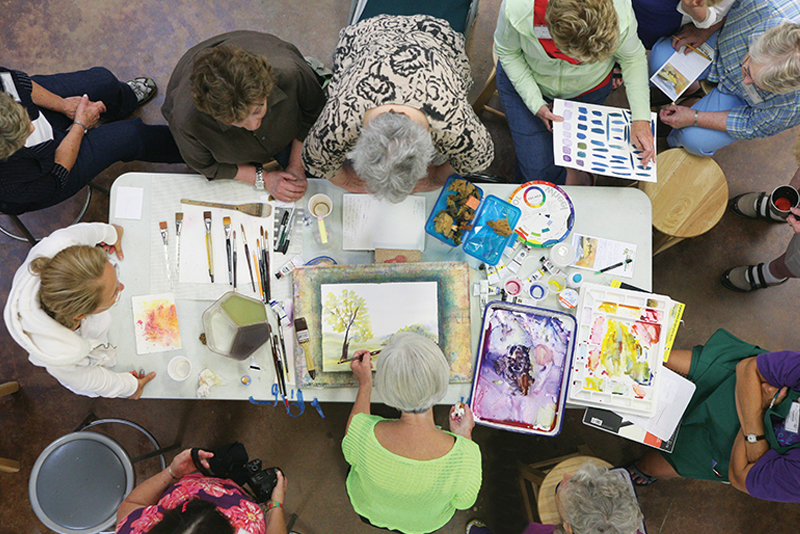
Find A Class
With 850+ offerings, choosing which class to take is the hardest decision you’ll make!



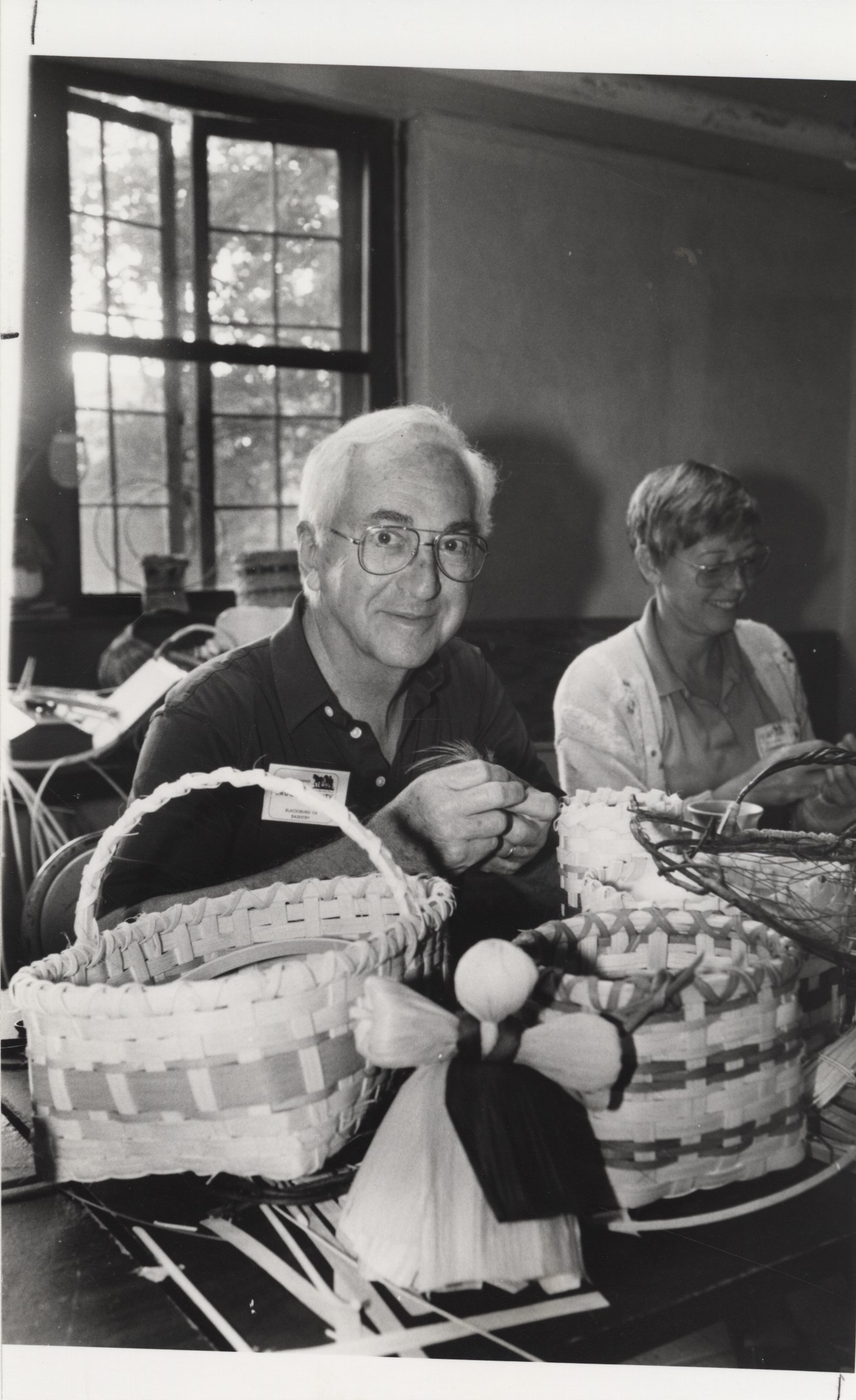
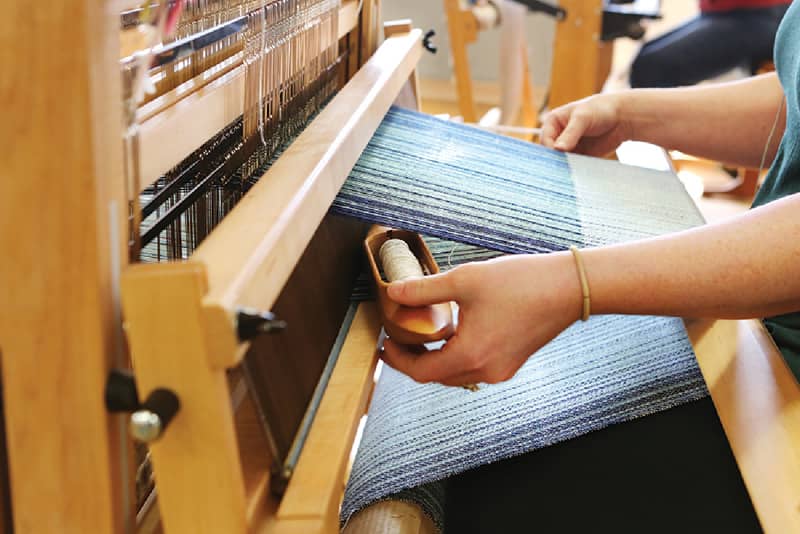
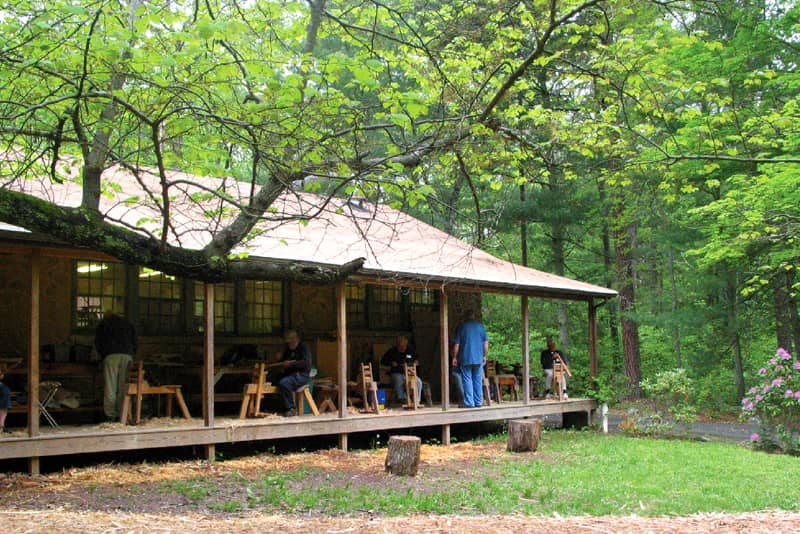
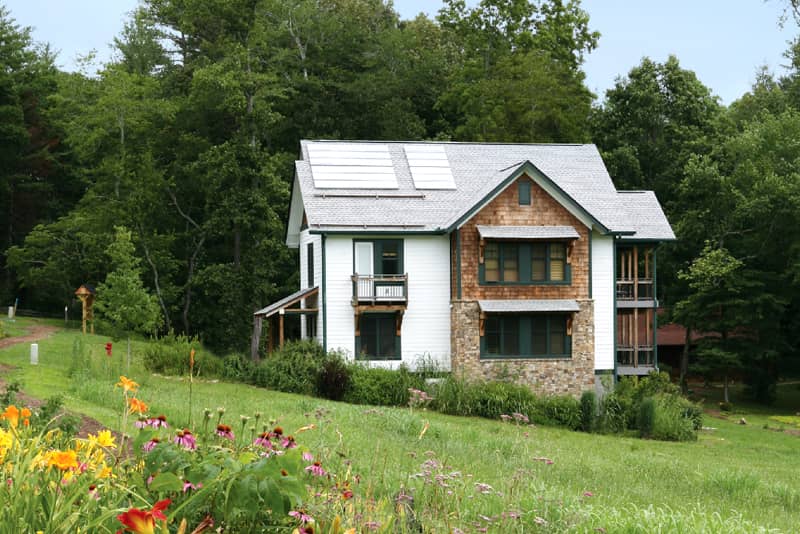
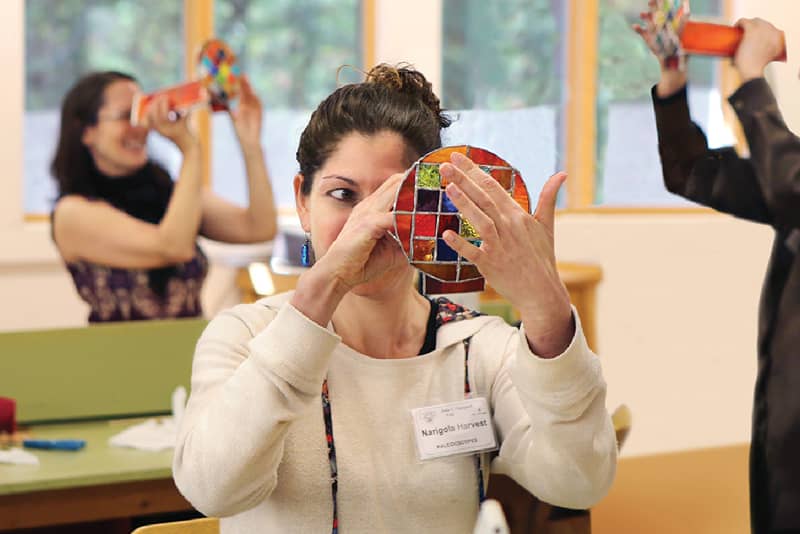
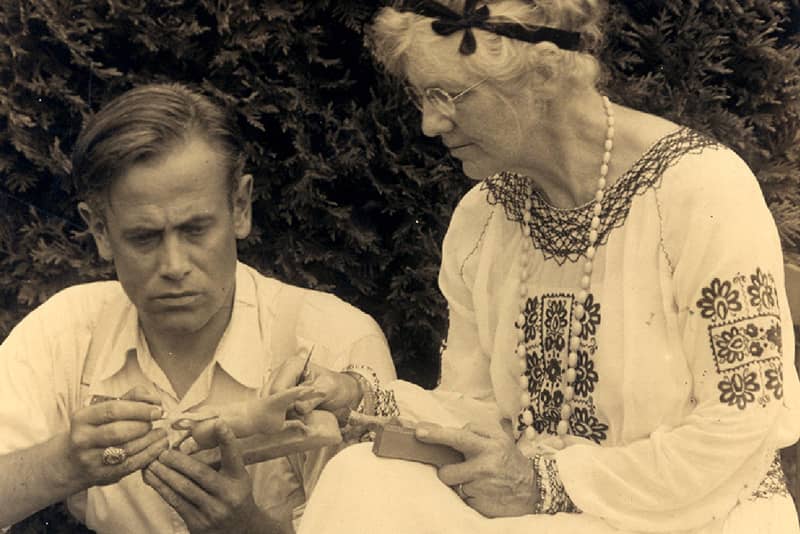
No Comments